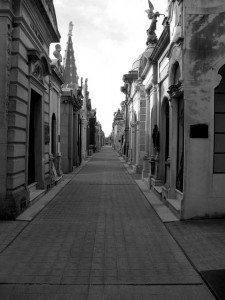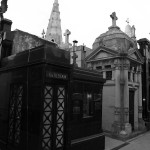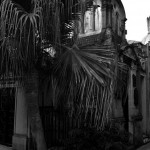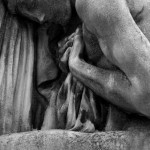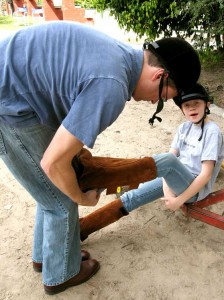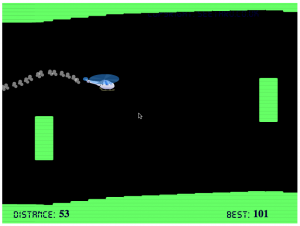There are four types of stores around which our world revolves: the kiosko, the Chino, the supermercado, and the verdulerÃa. In general, when moving to Buenos Aires, I would recommend living within one or two blocks of at least two of these four types of stores to make your life easier. Where we are now in Las Cañitas (my new favorite neighborhood), we are within two blocks of all of these essential retail concerns as well as a smattering of fabulous butchers, delis, spice stores, natural food stores…we adore it here!
The Kiosko. These are very small convenience stores that are important when you have a toilet paper emergency late at night (living with three females has made Tom very aware of this phenomenon) or if you want to re-up the minutes on your pay-as-you-go phone. We also use these establishments for emergency moneda acquisition, but you have to be canny and hard-as-nails to get actual coins out of these proprietors!
The Chino. There is a large contingent of small grocery store owners that are of Chinese descent, therefore the name for these types of stores has become, Chino. It is always amusing to freak out the owners of these markets with some Mandarin conversation at check-out, especially with two little blond-haired Chinese speakers in tow! We frequent the Chino for quick staple runs — milk, yogurt, water, rice, etc. There is generally a small produce section in the store as well, but it is usually of lower quality.
The Supermercado. The Carrefour, the Disco, and the Coto are the three most ubiquitous grocery store chains. The mega versions of these purveyors carry electronics and household items, the more modest locations are just grocery stores. If you like to feel and select your own produce, this is where you would buy it, although quality varies dramatically from store to store and day to day.
It has taken Tom awhile to master the Spanish vocabulary required for checkout at the supermercado. First he has to select between efectivo or tarjeta (cash or credit), then he has to decide if he wants home delivery. Next, they ask if he wants his purchase charged in one payment or multiple payments. Lastly, they request a documento, which is supposed to be a DNI card or a passport. Tom usually just gives them his U.S. driver’s license, which often results in a visit from a manager, who has approved its use in every case but one.
The VerdulerÃa are produce markets that dot the city’s streets. In general, I have a hard time buying produce from these vendors because I’m not thrilled about buying food that has been sitting out in the street all day, getting covered in the chemical-laden black exhaust which spews from the buses, but it often can’t be avoided as supermarket produce is often horrible. I find that it’s also a good idea to try to get a sense of when your local VerdulerÃa receives shipments because unless you catch it off the truck, items like lettuce sit outside and wilt in the heat within about 30 minutes of delivery.
It has been my experience (and yes, I know it is not everyone’s experience) that these operators will pass off crappy product if you appear to be a transient tourist, so don’t be shy. Ask to see all of the produce they are bagging and feel free to reject their selections. Because they pick and you don’t, relationship building with your local vegetable merchant is a good idea if you are going to be living in the city for any length of time.


